|
Click on the images to see each picture's description
I ain't got no
ain't got no
Ain't got no
ain't got no class
Ain't got no
ain't got no sweater
Ain't got no perfume
ain't got no
Ain't got no mind
Ain't got no
ain't got no culture
Ain't got no friends
ain't got no
Ain't got no
ain't got no name
Ain't got no
ain't got no
Ain't got no
And what have I got?
Why am I alive anyway?
Yeah, what have I got?
Nobody can take away
Got my
got my
Got my brains
Got my
Got my
got my
Got my
I got my
I got my tongue
Got my
Got my
got my
Got my
got my soul
Got my
I got my
I got my
got my
Got my
got my
Got my
got my
Got my liver
got my
I've got life
I've got my freedom
I've got the life.
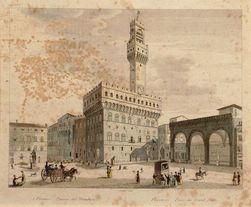 The gremlins in Joe Dante’s 1984 film Gremlins aren’t actually gremlins – at least to begin with – they’re mogwais. Mogwais are happy little furry creatures and they’ll stay that way provided three simple rules are followed. When looking after mogwais, it is vital that:
The regulations that govern the care of mogwais are simple and relatively straightforward (what ‘after midnight’ means is anyone’s guess) and they can be applied equally to the care of watercolours, drawings, etchings and engravings. In fact, the ‘mogwai rules’ are a useful primer when considering the mounting, framing and display of any work on paper. If you overly expose your watercolours to bright light (direct sunlight, for instance) they might react in a mogwailian fashion and fade away, over time, like a well-intentioned diet in the middle of January. Once-sharp colours can lose lustre and definition may blur. Naturally, we wouldn’t choose to get a paper-based artwork wet - that would ruin it. But moisture (due to an overly humid environment, for example) can be just as damaging. The picture on the right has been subjected to overly moist environment and is showing evidence of foxing as a result. And feeding? In addition to the moisture we unwittingly feed them we are also apt to expose our pictures to a varied diet of changing temperatures; hot, cold and all points in between. The very best place to display a work on paper is in a stable environment with a temperature of between 16°and 19°C and a relative humidity level between 45%-60% (source: Conservation Register, www.conservationregister.com). This is the ideal. It is also known as a museum. Museums have thermometers and hygrometers to measure ambient conditions and thermostats and humidifiers to maintain an optimum environment. Museum conditions are the gold standard but we, of course, don’t live in museums. We live in houses where we like to take steamy baths and showers; we might also, from time to time, have mist-emitting pans of vegetables bubbling away in our kitchens. In the winter, we like to have the central heating on in the morning, turn it off when we go to work and turn it back on again in the evening. Thus we live in occasionally humid environments with large variances in temperature. In terms of paper-based art, our homes are not stable environments. Does this mean we can’t own watercolours? No, of course not. For thousands of years, we humans have sought to decorate and embellish the spaces we choose to occupy – it is an innate human instinct (you can satisfy your own innate human instinct by visiting our ‘Watercolours’ section here). Happily, there are tools at our disposal that help us limit any potential risks to art – namely knowledge and choice. 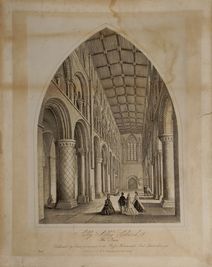 We now know more about how to conserve and care for the works we own. The picture on the left shows a print that was mounted in the late 19th or early 20th century. The mount boards from that period were made of acidic wood pulp and we can clearly see how this has ‘burnt’ the paper. Today, acid-free mount boards are readily available (The Saturday Gallery only uses conservation-grade board for the works we mount in-house) and additional protection is provided once works are framed and appropriately sealed to the reverse. In terms of choice, we can decide where best to hang a particular work. For watercolours, drawing and prints, opposite a south-facing window may not be such a good idea. Similarly, you might want to reconsider if you decide that the best place for a fine watercolour is above the bath tub.
Thanks to the work of conservators we know what harms works on paper and we have a better understanding of what we can do to reduce the potential risks to them. So next time you are deciding how to mount and frame a piece or considering where to hang it, remember it’s not just a watercolour or a drawing or a print – it’s also a mogwai. And you wouldn’t want it to turn into a gremlin. Next time: Oil Paintings and Ewoks: Just Good Friends or Something More Serious? Online websites selling fine art are not new and nor are they particularly thin on the ground. So what do we hope to offer? Our aim is simple. We plan to engage, provoke interest and provide our online visitors with interesting things to look at, read and buy.
Our range of stock is broad and varied, spanning oil paintings, watercolours, prints and drawings together with fine book illustrations and cartoons from publications including Punch magazine. The majority of the works we offer are mounted in-house in conservation-grade boards. This helps to preserve the works and it enables you to have the work framed quickly and conveniently. Additionally, we carry a limited range of standard stock frames ideally suited to some of the smaller works we sell and we’re happy to frame your purchase (where appropriate) and dispatch it to you ready to hang. The majority of the art we sell dates from 1750-1950. In addition to frequently adding to our stock range, we will publish regular articles and features which will highlight and explore different aspects of art history and commercial art practice. We’ll try not to be too scholarly, dry or overly serious. Art can be serious, of course; it can also be sad, joyous, disturbing and uplifting. In fact, art can be all the emotions you can imagine. And that is its beauty – its range and diversity. It is art’s multi-faceted nature that we will seek to reflect through the works we choose to show, offer for purchase and write about. Finally, we will mount a series of temporary online exhibitions. These will be thematic, focussing on a particular artist, style, medium or subject matter. All the works in the temporary exhibitions (like all the works on the site) will be available to buy. So that’s our offer. We’ll provide new stock and art-related articles every week augmented by varied temporary exhibitions. All you have to do is relax with your laptop or tablet, or sit back with your smart phone on the train and immerse yourself in what we hope is an interesting and engaging selection of art. If you choose to make a purchase, great (and thank you). If you’re buying in the UK, delivery is free (the price for delivery outside the UK is displayed at checkout) and we will ensure you receive the same excellent service we have been providing to online buyers worldwide for the last ten years. If there’s nothing here for you at the moment, then do visit us again – new stock will be added all the time. Finally, we’d love to keep in touch. We’ll post updates on social media when new items appear on the site so do please follow us via the links on all the pages here. If social media is not your thing but you’d like to be kept updated then join our mailing list via the contact box at the bottom of our homepage. And if you have any questions about who we are and what we do please email us at [email protected]. |

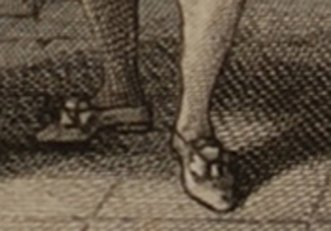
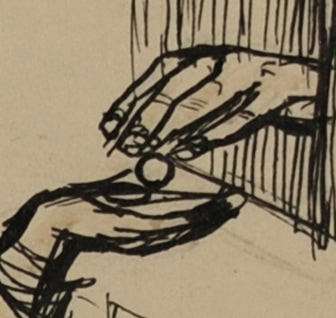
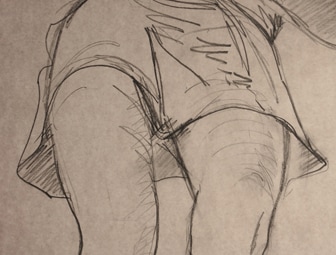
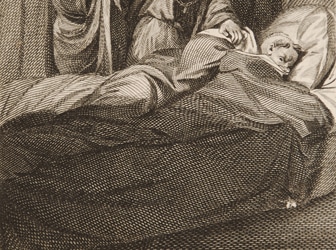
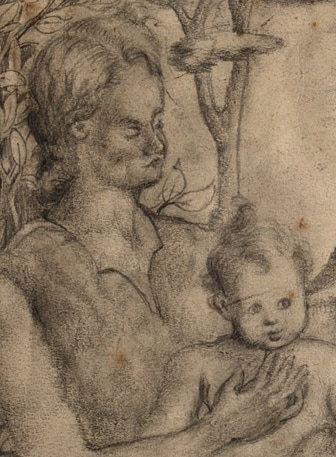
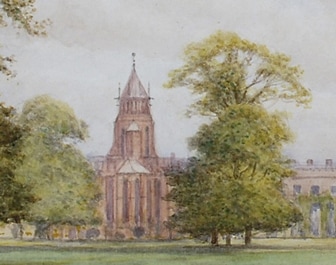
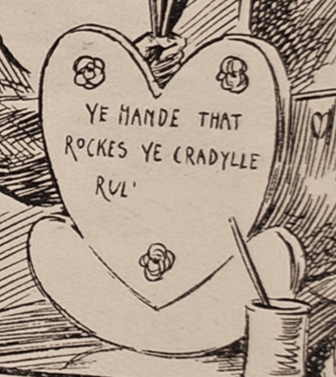
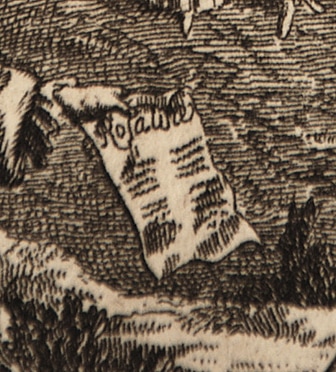
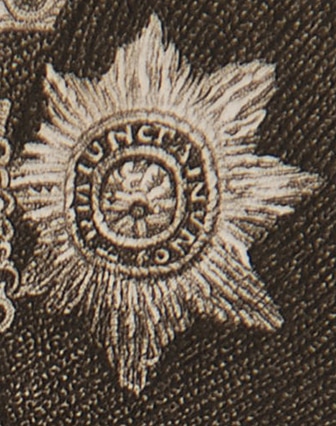
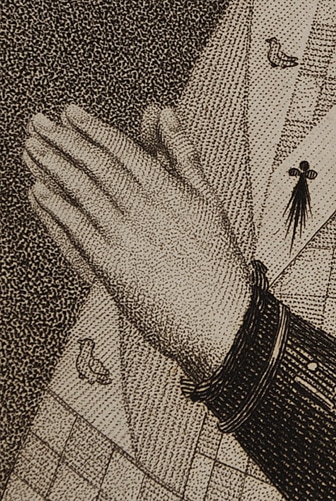
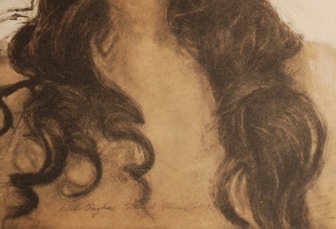
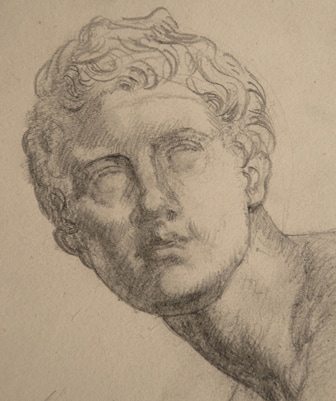
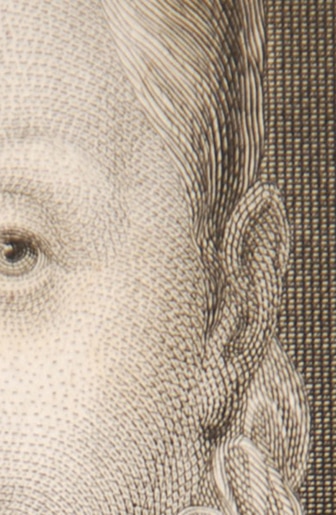
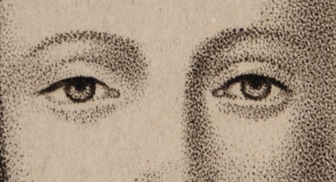
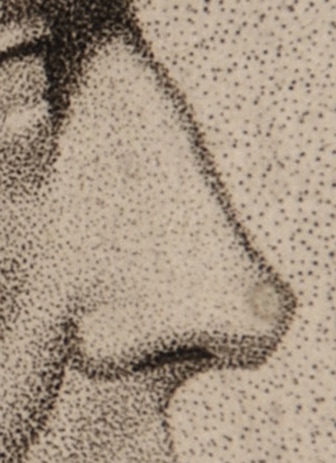
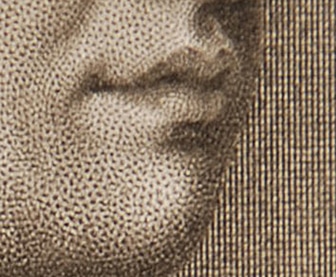
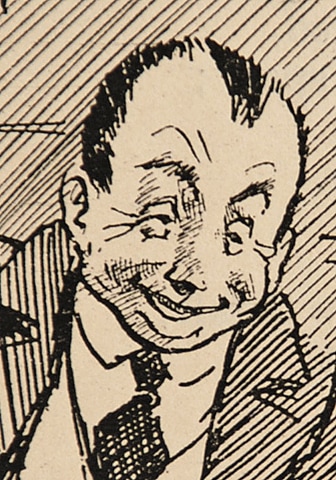
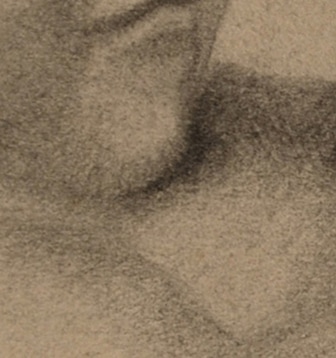
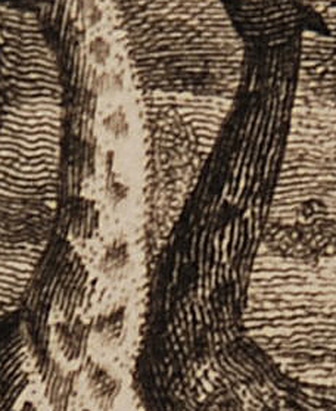
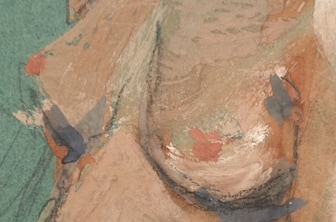
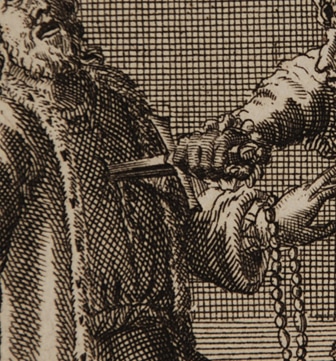
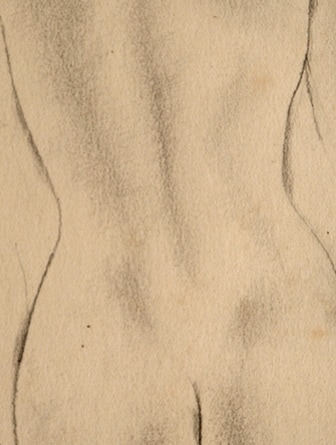
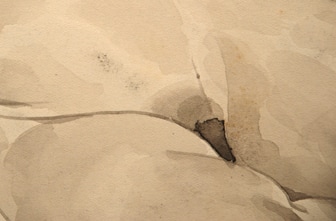
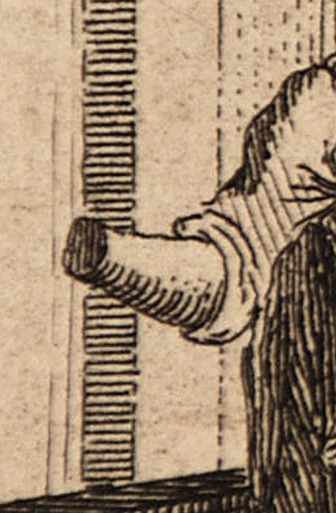
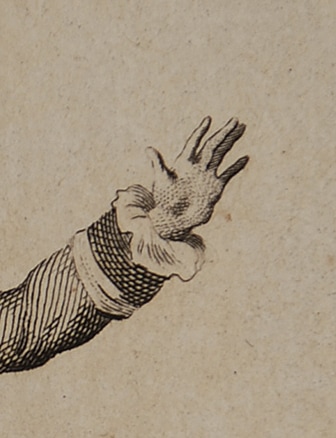
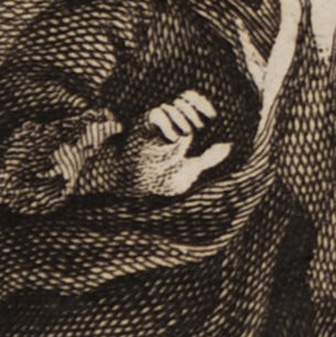
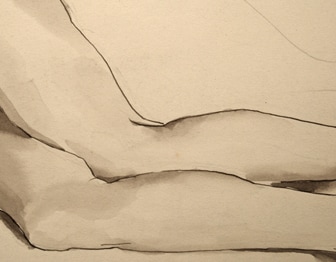
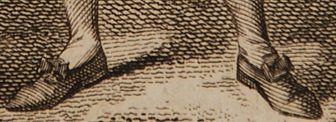
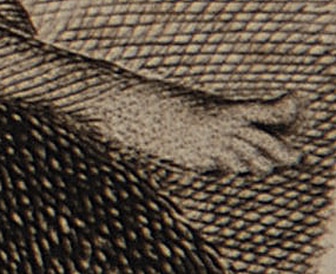
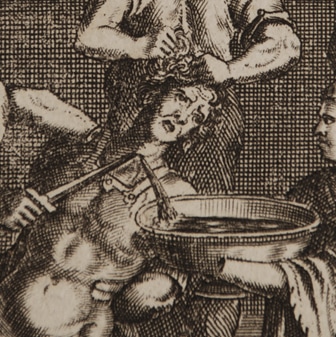

 RSS Feed
RSS Feed